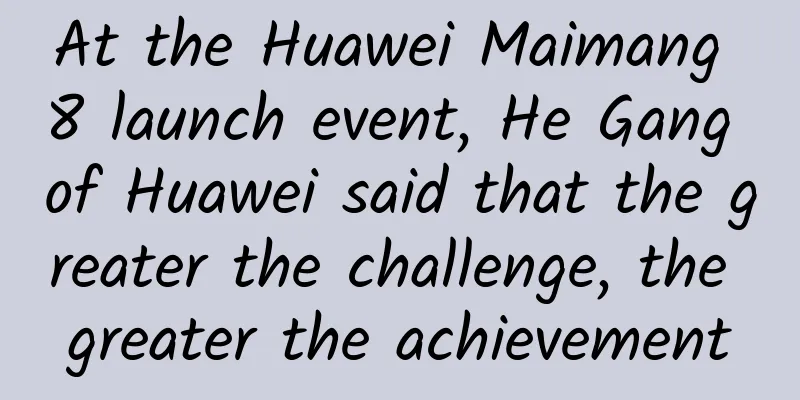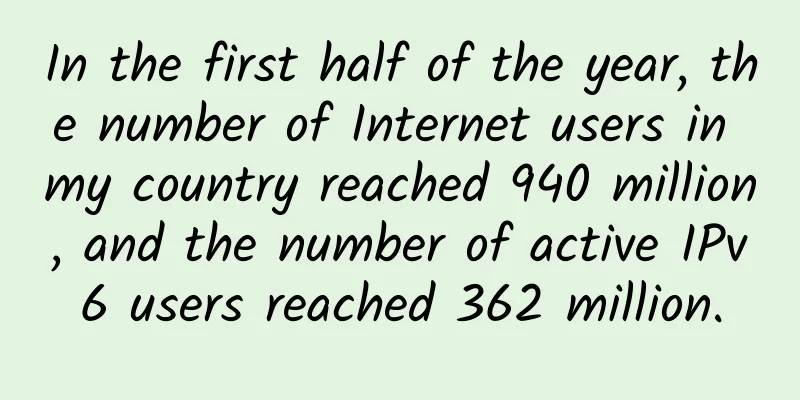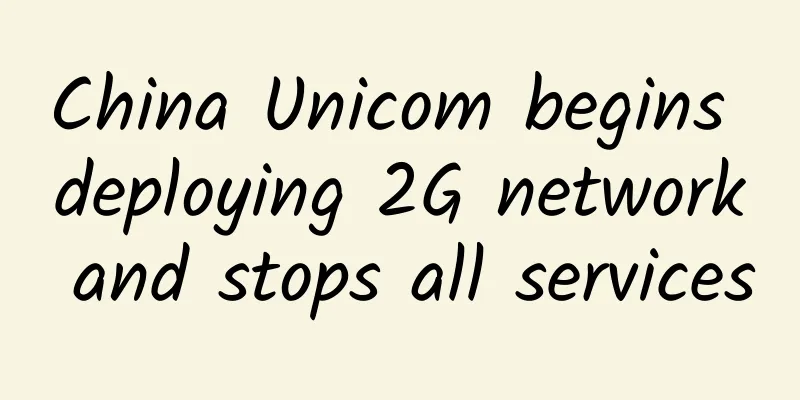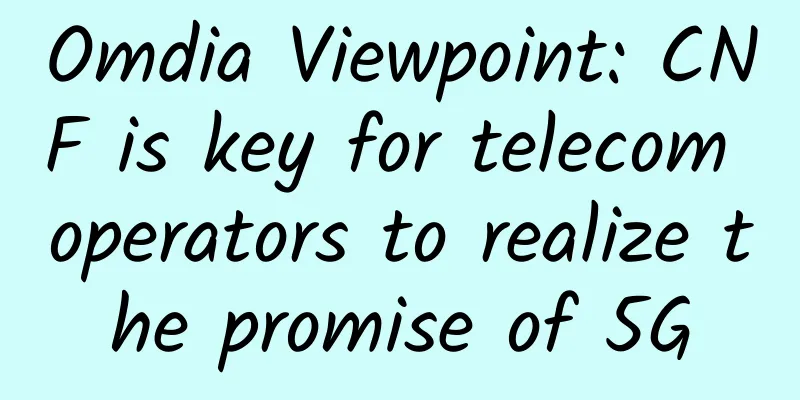It has become an industry consensus that multi-antenna technology is an important evolution direction of LTE

|
At the beginning of 2017, multi-antenna technology set off a wave of enthusiasm. In January, FDD Massive MIMO (Multiple Input Multiple Output) appeared on the 4.5G stage; in February, Huawei's 4T4R, 3DB AAU and FDD Massive MIMO three series of multi-antenna solutions were simultaneously unveiled at the Mobile World Congress for the first time; in March, Huawei's P10 Plus smartphone supporting 4x4 MIMO was first launched in China. Today, we will explain in detail why "multi-antenna technology has become an important evolution direction of LTE" from three aspects: the industry chain, technical solutions, and the views of operators and analysts. Multi-antenna industry chain: 4x4 MIMO becomes standard for flagship phones in 2017 At the Mobile World Congress, Sony Xperia XZ Premium equipped with Qualcomm Snapdragon 835 chip demonstrated 4x4 MIMO technology. At the same time, Huawei launched P10 Plus with 4x4 MIMO as one of its main selling points, and took the lead in launching commercial services worldwide. With 4x4 MIMO technology, the user experience of P10 Plus can be greatly improved, and the speed can be doubled. After testing in the live network in Shanghai, 4x4 MIMO can increase the average user speed of P10 Plus by 2 times compared with 2x2 MIMO, and even 3 times in edge areas. That is to say, even in scenarios where user experience is easily affected, such as indoors, outdoors, and in hotspots, P10 Plus users can maintain a smooth video experience. Subsequently, Samsung's S8/S8 Edge, which was released in the United States on March 29, also used 4x4 MIMO as a major selling point for improving user experience. T-Mobile announced to the public on the same day that nearly 100 cities can directly obtain a 2-fold user experience rate. Support for 4x4 MIMO has become a standard feature of flagship phones in 2017. Commercial progress of multi-antenna technology on the network side: 4T4R becomes the basic configuration of 4.5G network, and large-scale deployment is recommended 4T4R technology has been deployed in more than 50 networks around the world. With the emergence of mobile phones that support 4x4 MIMO, the importance of multi-antenna technology in LTE evolution will be further highlighted. MTN South Africa, together with Qualcomm and Huawei, tested 4x2 MIMO and 4x4 MIMO in commercial networks. Compared with traditional LTE 2x2 MIMO, 4x2 MIMO increased downlink throughput by 26%, 4x4 MIMO increased downlink throughput by 74%, and uplink throughput by nearly 40%. Based on the excellent performance of this technology, the three-party test concluded that "it is recommended to deploy 4x4 MIMO on a large scale and actively introduce 4x4 MIMO mobile phones to maximize network value." 3DB AAU and FDD Massive MIMO are two hot scenario solutions of Huawei in the field of multi-antenna. 3DB AAU is commercially used in the VIVA golden area of Kuwait, with a 100% increase in traffic and an 85% improvement in user experience. FDD Massive MIMO began testing around the world in early 2017. As of March, field test sites in China, Thailand, Indonesia, Spain and other countries have achieved very good test results. Compared with traditional LTE networks, the network capacity can be increased by 4.5 times. Industry view: Multi-antenna technology is an important direction for LTE, and MIMO technology can be commercialized on a large scale in the 4.5G era T-Mobile CTO said (quoted from PC World), "4x4 MIMO and multi-antenna technology are technologies for 5G. We have started to deploy them in 2016 to provide a better user experience"; Kuwait VIVA CTO said (quoted from VIVA interview video), "3DB AAU can reuse old sites, double capacity, and reduce TCO by 40%"; Deutsche Telekom CTO (quoted from Telecom) said "4G technology will continue to evolve and coexist with 5G for a long time." At the same time, Stephane Teral, senior research director from IHS Markit, mentioned from the perspective of technology development trends that multi-antenna technology can effectively improve coverage and capacity. In low and medium frequencies, 4x4 MIMO can achieve good performance, while Massive MIMO can increase capacity in high frequencies. Multi-antenna technology is a technology that has been commercialized in the LTE era and is an important direction for LTE development. In 2017, whether it is the emergence of mobile phones supporting 4x4 MIMO on the terminal side, the continuous evolution of multi-antenna technology on the network side, or the expectations of operators and analysts for MIMO technology, we can see the important position of multi-antenna technology in the evolution of LTE. Multi-antenna technology has been commercialized on a large scale in the 4.5G era and will also be the primary technology for 4G network 5G transformation. |
<<: How to configure OVN load balancer?
>>: How can operators innovate traffic management models?
Recommend
How 5G will shape the future of construction
5G is an enabler that will deliver new capabiliti...
Hard-core dry goods: HTTP timeout, repeated requests must see the pitfalls and solutions
[[351757]] 1 Timeout, unavoidable pain HTTP call ...
The number of people who ported their numbers reached 9.4 million - why the porting rate was lower than expected
The Ministry of Industry and Information Technolo...
RAKsmart popular cloud server 10% off annual payment from 79 yuan, bare metal cloud/RAK Cloud/VPS 30% off, Hong Kong/Japan/Los Angeles/San Jose data center
RAKsmart also offers substantial discounts on var...
5G brings unlimited opportunities to different industries
The workplace of tomorrow will look different tha...
Different Types of Network Cables and Their Uses
In today's connected world, network cables pl...
What impact will 5G have on us?
1. First of all, it is clear that fiber optic tra...
From 0G to 5G: How we got here and where we are going
Ah…the beauty of wireless convenience. Thanks to ...
How to promote 5G packages in small and medium-sized cities
From the perspective of package value, the curren...
DediPath New Year Promotion: $15/year KVM-1GB/10GB/1Gbps unlimited traffic/Los Angeles data center
As the Chinese New Year is approaching, DediPath ...
Enable IPv6 protocol and experience IPv6 website
IPV4 resources have been exhausted and there is n...
GSA: Global 5G user numbers doubled in Q2, LTE market to decline from 2023
Nearly 800 million of these LTE subscriptions wer...
Thoroughly understand computer network communication equipment and protocols
【51CTO.com original article】 Table of contents 1....
Application of SRv6 Technology in Home Network
Labs Guide In order to adapt to the development o...
HostDare: 25% off NVMe disk VPS in Los Angeles starting at $19.49/year
HostDare has launched a new promotion for the Los...









